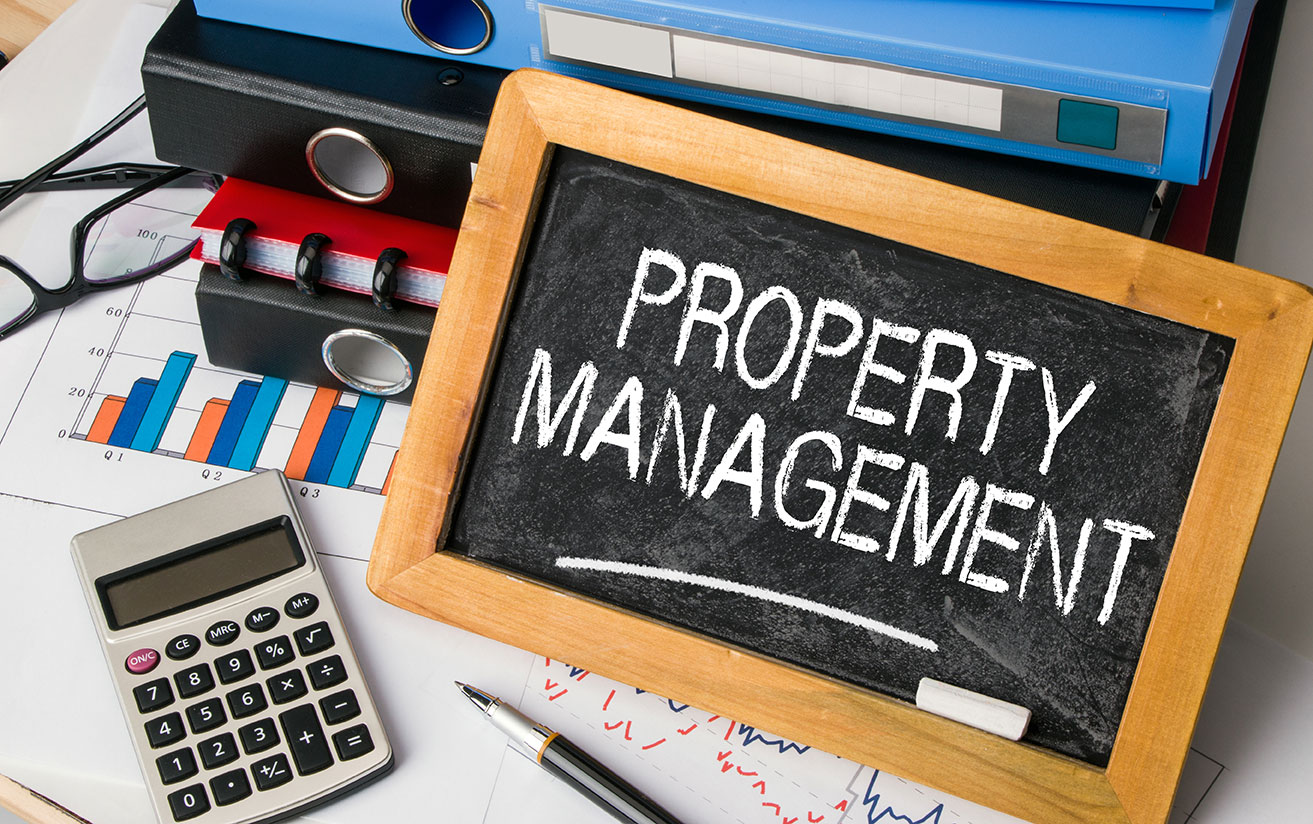
How to stay ahead of Property Management Curve
The landscape of multifamily real estate has shifted considerably over the past few years, with a number of metros facing changes in renter demographics, increasing demand for affordable housing and potential oversupply issues. Throughout these shifts, property owners and managers continue to look for new ways to innovate and increase the value of their assets.
Inland Investment Real Estate Services, the management arm of Inland Real Estate, presently oversees more than 16,000 units nationwide. The firm’s operations portfolio spans Class A, B and C properties across 44 states, making it one of the largest property managers in the country
Niall Byrne, the company’s president, discusses the importance of quality property management in boosting rents and asset value, and how Inland is keeping pace with current trends.
What are some processes your firm does which give you an advantage across your portfolio?
Byrne: An example is the centralizing of our revenue management and collections departments at our corporate office as well as off-site automation of various administrative work, reporting processes and corporate platforms for IT and equipment support. This format enables the on-site teams to focus more on the customer and their experiences at our communities. Our goal is to streamline processes across the board and get back to the basics of customer service. Focus on the customer is the key to our success.
Click Here to know how AskforFix can help you to increase your resident retention rate.
What does Inland do to improve tenant retention rates?
Byrne: The bottom line for any renter is outstanding customer service. We train Inland Residential Real Estate Services LLC management employees to be responsive, to communicate with residents, to build a sense of community and to maintain the property at the highest level possible. Providing excellent service is the key to keeping residents happy and choosing to remain a resident at our communities.
Inland strives to find the most qualified professionals in the industry and provides the best tools, training and industry practices to manage the properties. We find that proactive communication and excellent customer service give us an edge over our competition and our residents with a positive experience that leads to tenant retention.
What are the best ways for an investor to maximize their returns in Class A and B communities?
Byrne: The obvious answer to this question is the ability to identify assets in markets that will provide attractive returns in the short term and provide for growth in the long term—easier said than done. Fully amenitized Class A apartment communities are in short supply today, so many investors have turned to Class B and C assets in well-located markets with value-add potential.
Inland Residential Real Estate Services is in the process of rehabbing numerous apartment communities across its 16,000-unit portfolio with improvements consisting of site enhancements and common area upgrades, the addition of new amenities and kitchen/bath remodeling. These sought-after improvements provide us with the opportunity to drive rents and increase resident retention, which may in turn potentially increase returns to investors. Engaging a professional firm like Inland to oversee these efforts is imperative to implement the overall strategy for the asset.
How has Inland observed the shifting demand across its portfolio over the past five years and how has this impacted your business strategy?
Byrne: Today’s renter wants professional, responsive property management along with all of the comforts of home. Apartment communities that feature in-unit laundry, fitness centers, valet trash service and are pet friendly are attractive to prospects. In addition, the ability to pay rent and submit service requests online is just as important in today’s 24-hour, technology-driven world. Inland Residential Real Estate Services prides itself on its user-friendly web presence at each of its properties and makes sure that it maximizes each of its managed property amenity packages to provide residents with the services they seek.
What do you see as the largest opportunities in the market in the near- and long-term?
Byrne: There is still an opportunity to acquire well-located apartment communities in good markets with strong demographics, especially Class B and C properties. You just have to dig a little deeper. The challenge with acquiring these properties is to make sure that you have a well-defined repositioning plan and to spend capital improvement dollars where they make the most impact upon leasing and tenant experience. There is still a high demand for quality apartment communities and a strong renter pool.
What are some of the largest challenges in the market today?
Byrne: One of the biggest challenges facing the industry today is finding qualified professionals to fill the ever-expanding demands on the property management staff. Unemployment levels are near all-time lows, and in some markets there are more open positions than qualified applicants. Another challenge which we urge our team to embrace is the ever-evolving technological advances in the multifamily apartment arena. Technology will allow us to do our job more efficiently and provide greater transparency to owners and investors.
How have the expectations of renters changed in recent years?
Byrne: Apartment renter demographics have changed drastically in recent years. Millennials are maturing and there has been a large influx of empty nesters and 40-somethings moving into the rental pool. Renters today want the ability to look online at any time of the day, read, see photos, take virtual tours and rent an apartment in real-time. They also want real-time access to submit service requests, pay rent and communicate with the management staff. It is the job of the management team to ensure we are responding and following up with our renters, and multifamily technology advancements have enabled us to do this in a timely and efficient manner.
How do you see the role of property managers shifting over the next five years?
Byrne: The role of the property manager has been dramatically shifting over the last several years and will continue to do so into the foreseeable future. Technology, mobile devices and automation have provided property managers with the tools to escape their offices and interact more with their communities, residents and employees. Property managers have always had to fill a wide variety of roles from ambassadors to camp counselors and psychologists to collection agents. Today’s property manager will not only have to fill these roles but will also need to be competent in multifamily technology advances in revenue management and data analytics, all of which will play a much larger role in how a property functions going forward.
What role does technology play in property management and how do you see this trend evolving?
Byrne: Technology in the multifamily apartment world allows us to increase efficiency, simplify processes and collect data on every aspect of our business. In the past, we saw a large array of single-purpose and stand-alone computer software platforms that did not integrate with each other. The technological landscape has since matured, with most relevant information now consolidated into one place. Revenue management, data analytics and package management are examples of how apartment professionals are currently utilizing technology for more efficient and creative uses.
Moving forward, technology will have greater prominence in our business in the form of smart apartment technology, mobile app concierge services and the ever-changing role and integration of technologies like Amazon Alexa and Google Assistant.
.Source: Jeff Hamann – MultiHousingNews


 Previous Post
Previous Post Next Post
Next Post


